
HSN code stands for Harmonized System of Nomenclature, which consists of a globally used coding system and harmonized commodity description.
Over the years, trading has grown from being contained within the local marketplace to and beyond the national borders. Today, the world is the marketplace, with traders reaching out making their goods and services available to every nook and corner of the world. However, in order to able to sustain trade at such a massive scale, standardization of goods and services was quint essential.
The GST system introduced in 2017 uses this premise of standardization and is based on the use of HSN Codes, SAC ( Service Accounting Code), and UQC (Unique Quantity Code)
What is HSN code?
HSN code stands for Harmonized System of Nomenclature, which consists of a globally used coding system and harmonized commodity description. Introduced in 1988 by the ‘World Customs Organization’, the HSN code harbours over 5,000 commodity groups, wherein each of these group is identified by a six-digit code (8 digits in India for a deeper classification), arranged in a legal and logical structure to ensure a uniform classification is achieved.
HSN code structure
The HSN code structure consists of 21 sections, with 99 Chapters, about 1,244 headings, and 5,224 subheadings.
The Sections are divided into chapters, which are further divided into headings and sub-headings. Section and Chapter titles describe broad categories of goods, while headings and subheadings provide precise details of the product.
For better understanding, let us consider a Silk Handkerchief
HSN Code for Handkerchief is 62.13.90.90
- The first two digits (62) represent the chapter number i.e articles of apparel and clothing accessories, not knitted or crocheted.
- The next two digits (13) represent the heading number for handkerchiefs.
- The following two digits (90) represent the product code for handkerchiefs made of other textile materials.
- The last two digits (90) represent product material i.e. Silk in this case.
P.S, while a 6 digit HSN code is accepted globally, an 8-digit HSN system is used in India for a deeper classification.
Services Accounting Code (SAC) in GST
Similar to goods, even Services require a uniform classification worldwide and these classification codes are known as Services Accounting Code or SAC.
HSN code under GST
The HSN code aids taxpayers to search the GST rate by just entering the HSN code of the goods after which the system automatically shows the applicable tax rate on the commodity. This simplifies the trade-related procedures and creates efficiency. That is why it is mandatory to mention the correct HSN codes during the GST Return Filing.
Under which provision, HSN code is notified/approved?
In India, HSN coding was used under Excise, Customs, and state Value Added Tax (VAT) laws and is used under Goods and Services Tax (GST) law, for the classification of products/goods.
Following notification has been issued under GST for Number of Digits of HSN Code used in the tax invoice issued by taxpayer and rate of tax applicable for product and services. This notification has been amended by the government based on the recommendation of the council from time to time
HSN Codes and SAC are available on the said link HSN SAC CODE LIST. They are controlled by the ACES website, which was earlier used by the Central Board of Excise and Customs (CBEC) for its operations.
However, Notification No. 12/2017 – Central Tax :- notify the number of HSN digits required on tax invoice. The said notification was amended by GST Notification 78/2020 – Central Tax dated 15th Oct 2020
As per Notification 12/2017, the digits of HSN Codes that are required in a tax invoice upto 31st March 21
| Serial Number | Annual Turnover in the preceding Financial Year | Number of Digits of HSN Code |
| 1. | Upto rupees one crore fifty lakhs | Nil |
| 2. | More than rupees one crore fifty lakhs and upto rupees five crores | 2 |
| 3. | More than rupees five crores | 4 |
| Serial Number | Annual Turnover in the preceding Financial Year | Number of Digits of HSN Code |
| 1. | Up to rupees five crores for B2C invoices | Nil |
| 2. | Up to rupees five crores for B2B invoices | 4 |
| 3. | More than rupees five crores | 6 |
- The turnover for the previous year will be considered as a basis to find out the number of HSN digits to be used.
- All 8 digits of HSN code are mandatory in the case of export, imports and specified products listed in Notification 90/2020.
Notification No.1/2017-Central Tax (Rate):-CGST Rate Schedule notified under section 9 (1) for Goods
Kindly note taxpayers currently covered under e-invoicing are referring
- 2.5 per cent. in respect of goods specified in Schedule I,
- 6 per cent. in respect of goods specified in Schedule II,
- 9 per cent. in respect of goods specified in Schedule III,
- 14 per cent. in respect of goods specified in Schedule IV,
- 1.5 per cent. in respect of goods specified in Schedule V, and
- 0.125 per cent. in respect of goods specified in Schedule VI appended to this notification (hereinafter referred to as the said Schedules), that shall be levied on intra-State supplies of goods, the description of which is specified in the corresponding entry in column (3) of the said Schedules, falling under the tariff item, subheading, heading or Chapter, as the case may be, as specified in the corresponding entry in column (2) of the said Schedules.
Note: The said notification has been amended by Government from time to time, on the recommendations of the Council
Notification No. 11/2017-Central Tax (Rate) : notify the rates for supply of services under CGST Act
In exercise of the powers conferred by sub-section (1) of section 9, subsection (1) of section 11, sub-section (5) of section 15 and sub-section (1) of section 16 of the Central Goods and Services Tax Act, 2017 (12 of 2017), the Central Government, on the recommendations of the Council, and on being satisfied that it is necessary in the public interest so to do, hereby notifies that the central tax, on the intra-State supply of services of description as specified in column (3) of the Table attached in notification, falling under Chapter, Section or Heading of scheme of classification of services as specified in column (2), shall be levied at the rate as specified in the corresponding entry in column (4), subject to the conditions as specified in the corresponding entry in column (5) of the said Table.
Importance of HSN Code
As stated earlier, the HSN code allows a systematic and logical classification of commodities around the globe. This assures a uniform classification of goods required for international trade. Today, HSN system is being used in more 200 countries, as it provides,
- Uniform classification;
- The base for customs tariffs;
- Data collection of international trade statistics.
Although HSN numbers may slightly vary from country to country depending upon the nature of goods classified, the HSN number is still acceptable in most of the countries. HSN codes play a crucial role under GST by
- Making GST systematic and globally accepted
- Removing the need for detailed goods description
- Saving invoicing time
- Simplifying GST returns
What are the Sections under HSN code?
All the 21 sections under HSN code are as follows:
| Sections | HSN Code List for |
| Section 1 | Live Animals, Animal Products |
| Section 2 | Vegetable Products |
| Section 3 | Animal or Vegetable Fats and Oils and their cleavage products, prepared edible fats, Animal or Vegetable Waxes |
| Section 4 | Prepared Foodstuffs, Beverages, Spirits and Vinegar, Tobacco and Manufactured Tobacco Substitutes |
| Section 5 | Mineral Products |
| Section 6 | Product of the chemicals or allied Industries |
| Section 7 | Plastics and articles thereof, Rubber and articles thereof |
| Section 8 | Raw hides and skins, Leather, Fur, skins and articles thereof, saddlery and harness, travel goods, handbags and similar containers, articles of animal gut ( other than silk-worm gut ) |
| Section 9 | Wood and articles of wood, Wood charcoal, Cork and articles of cork, Manufacturers of straw, of Esparto or of Other Plaiting Materials, Basketwork and Wickerwork |
| Section 10 | The pulp of wood or of other Fibrous Cellulosic Material, Recovered ( Waste and scrap ) paper or paperboard, paper and paperboard and articles thereof |
| Section 11 | Textile and textile articles |
| Section 12 | Footwear, Headgear, Umbrellas, Sun Umbrellas, Walking-sticks, seat-sticks, whips, riding-crops and parts thereof, Prepared feathers and articles made therewith, Artificial flowers, Articles of human hair |
| Section 13 | Articles of stone, plaster, cement, asbestos, mica, or similar materials, ceramic products, glass and glassware |
| Section 14 | Natural or cultured pearls, Precious or semi-precious stones, precious metals, Metal clad with precious metal, and articles thereof, Imitation Jewellery, Coins |
| Section 15 | Base Metals and articles of Base Metal |
| Section 16 | Machinery and mechanical appliances, electrical equipment, parts thereof, sound recorders and reproducers, television image and souch recorders and reproducers, and Parts and Accessories of such article |
| Section 17 | Vehicles, Aircraft, Vessels and Associated Transport Equipment |
| Section 18 | Optical, Photographic, Cinematographic, measuring, checking, precision, medical or surgical instruments and apparatus, clocks and watches, musical instruments, parts and accessories thereof |
| Section 19 | Arms and ammunition, parts and accessories thereof |
| Section 20 | Miscellaneous Manufactured Articles |
| Section 21 | Works of art, Collectors’ Pieces and Antiques |
New revised edition of HSN 2022
HSN 2022, the new revised edition of HSN published by the World Customs Organization (WCO) has into force from 1st Jan 2022. Generally, WCO does this revision once every 5 years. The HSN system of WCO forms the basis for the Customs tariffs in India. The Fifth Schedule to the Finance Act, 2021 has incorporated the changes necessary to align Customs Tariff to revised HSN 2022, with effect from 1st January 2022.
There are about 351 categories across industries and activities such as e-waste management, smartphones, drones, diagnostic kits etc. where major restructuring has been brought into effect or new sub-headings have been introduced. A synopsis of key amendments to HSN is available here.
CBIC has prepared a guidance note that has a comparative analysis of HSN as per 2021 and a revised 2022 list: A useful document to refer to while you are doing your impact analysis.
GST levy, collection and valuation for imports and to some extent for exports are based on Customs Tariff. Hence, a change in Customs Tariff will impact GST compliance related to exports and imports. As we understand, these changes are being discussed by GST and NIC teams and the taxpayers will be informed regarding the updates in the GST system, E-way Bill and E-invoice, as applicable.
Meanwhile, if you have exports and imports and are complying with Customs Tariff, it is recommended to analyze the amendments and identify the changes needed in your systems and processes. Be prepared for implementing the changes once the Government systems and rules get updated.
*****
IRIS GST Software is trusted by top Indian companies!
It is a cloud-based GST software that helps you to automate your GST Return filing, optimise Reconciliation results and increase your ITC claim.
Using IRIS GST Software can simplify all your mundane tasks of GST Return filing like invoice data preparation and reconciliation by allowing bulk operations, automation and advanced reconciliation. Read all about the advance features of IRIS GST Software here!
To get the feel of the software, you can even schedule a free demo or reach out to us with all your queries at support@irisgst.com
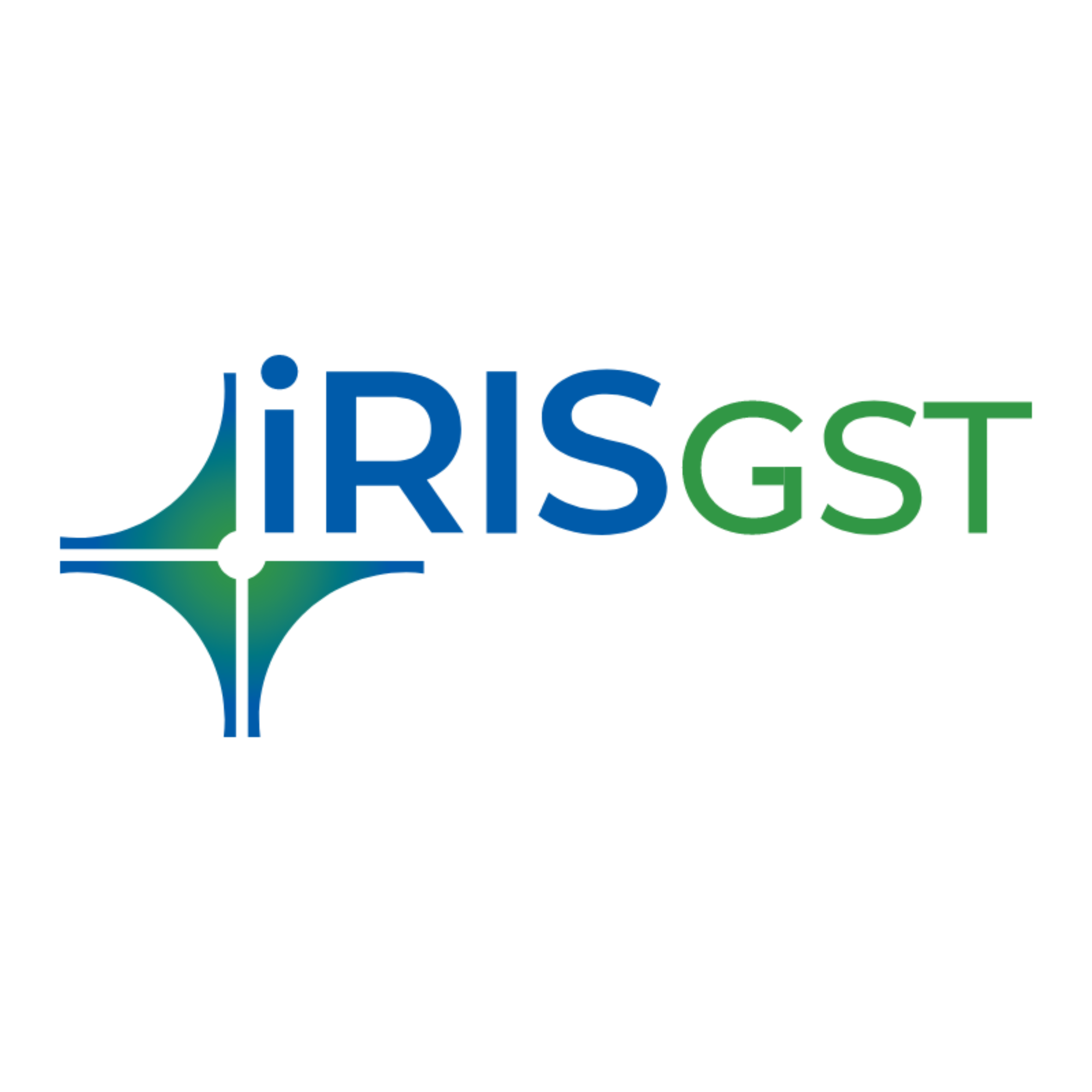





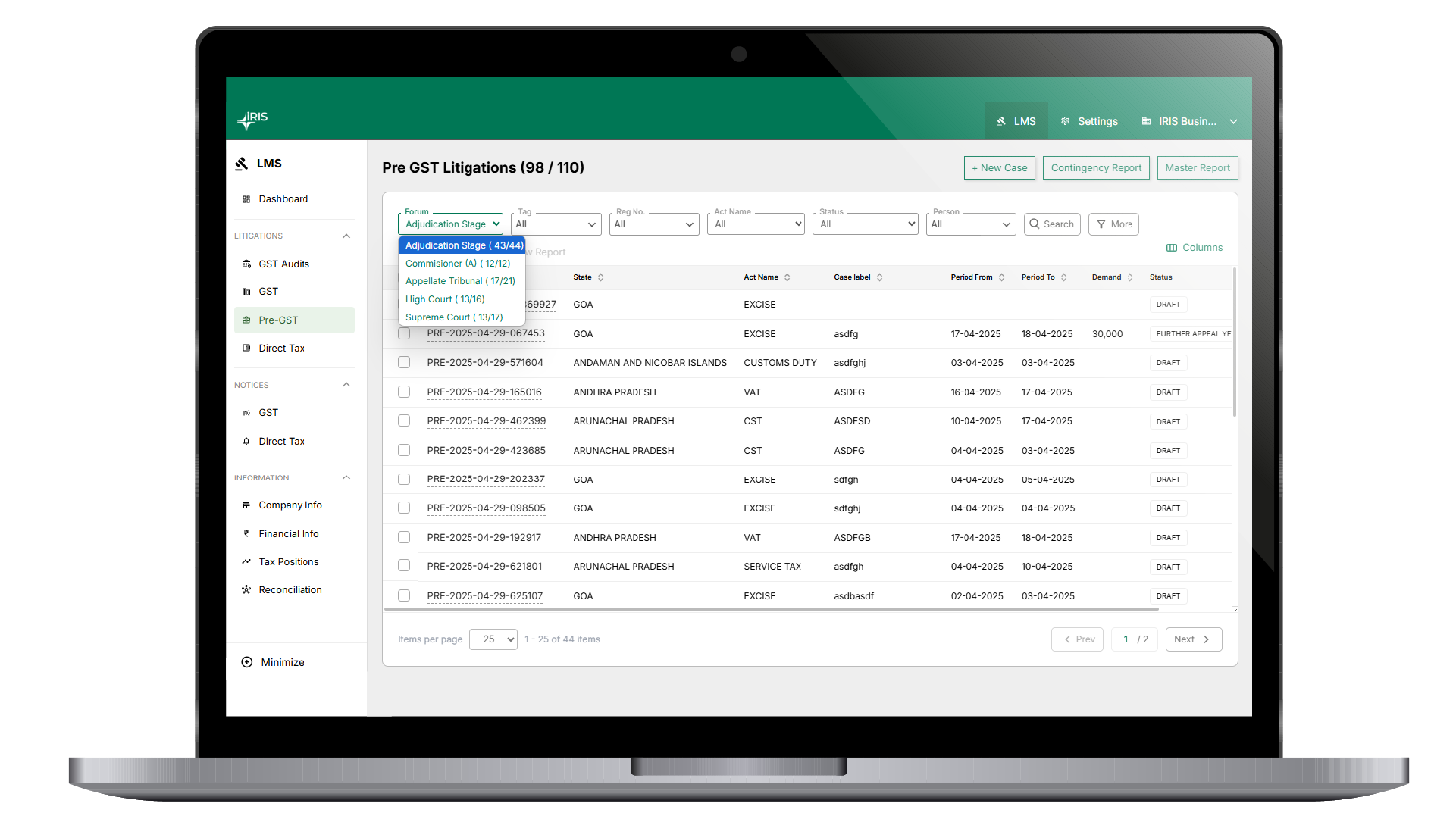
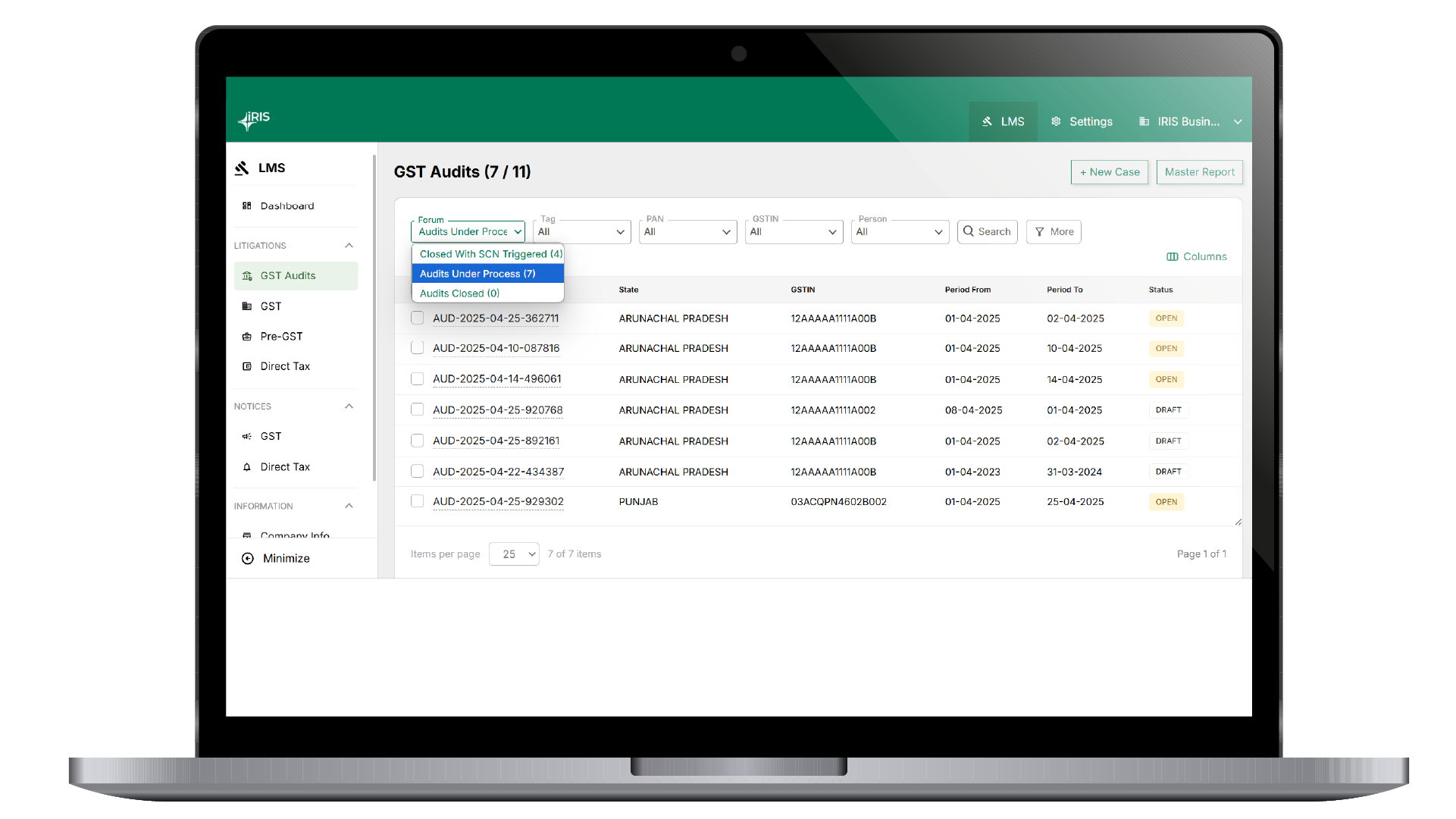
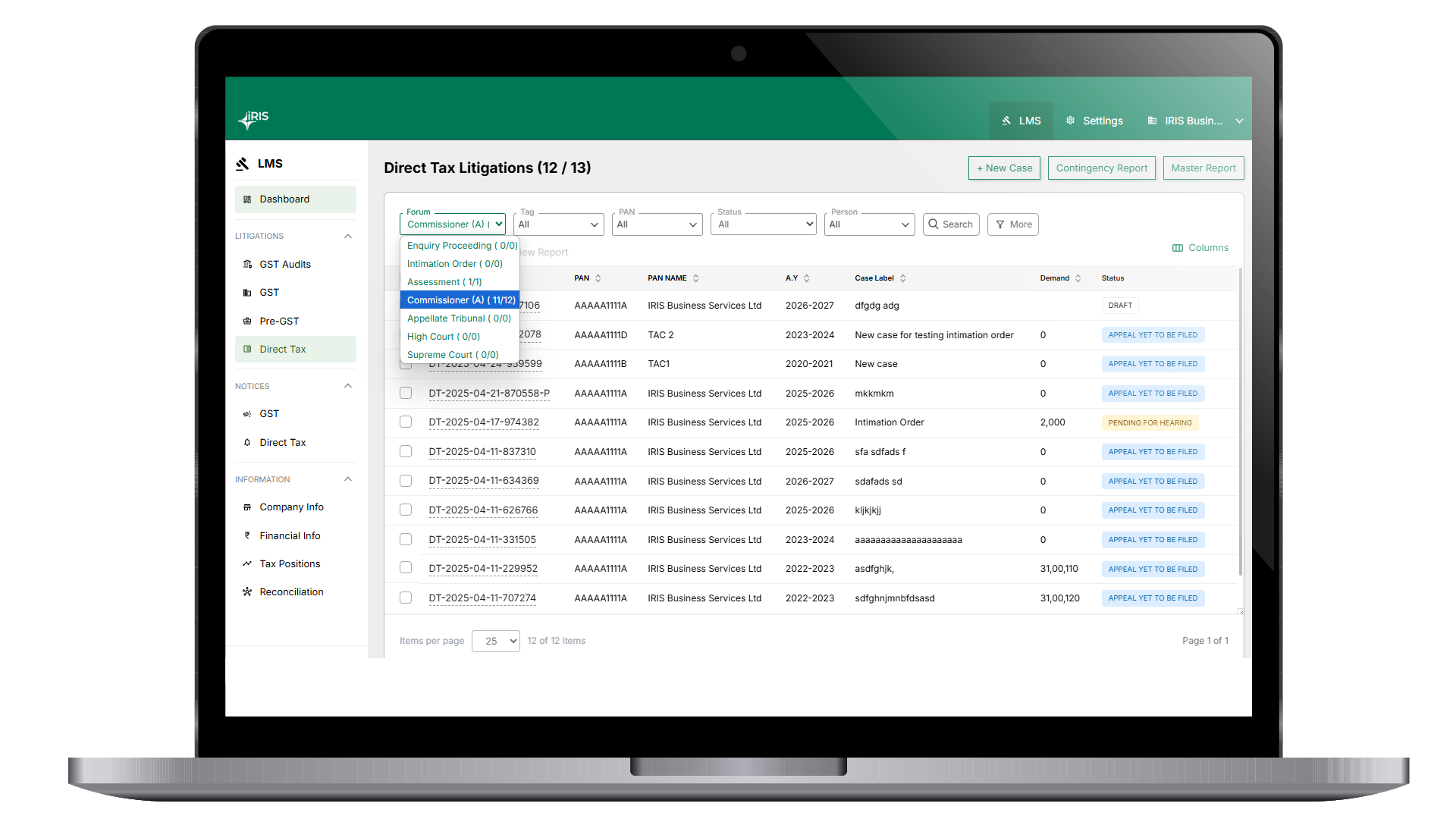
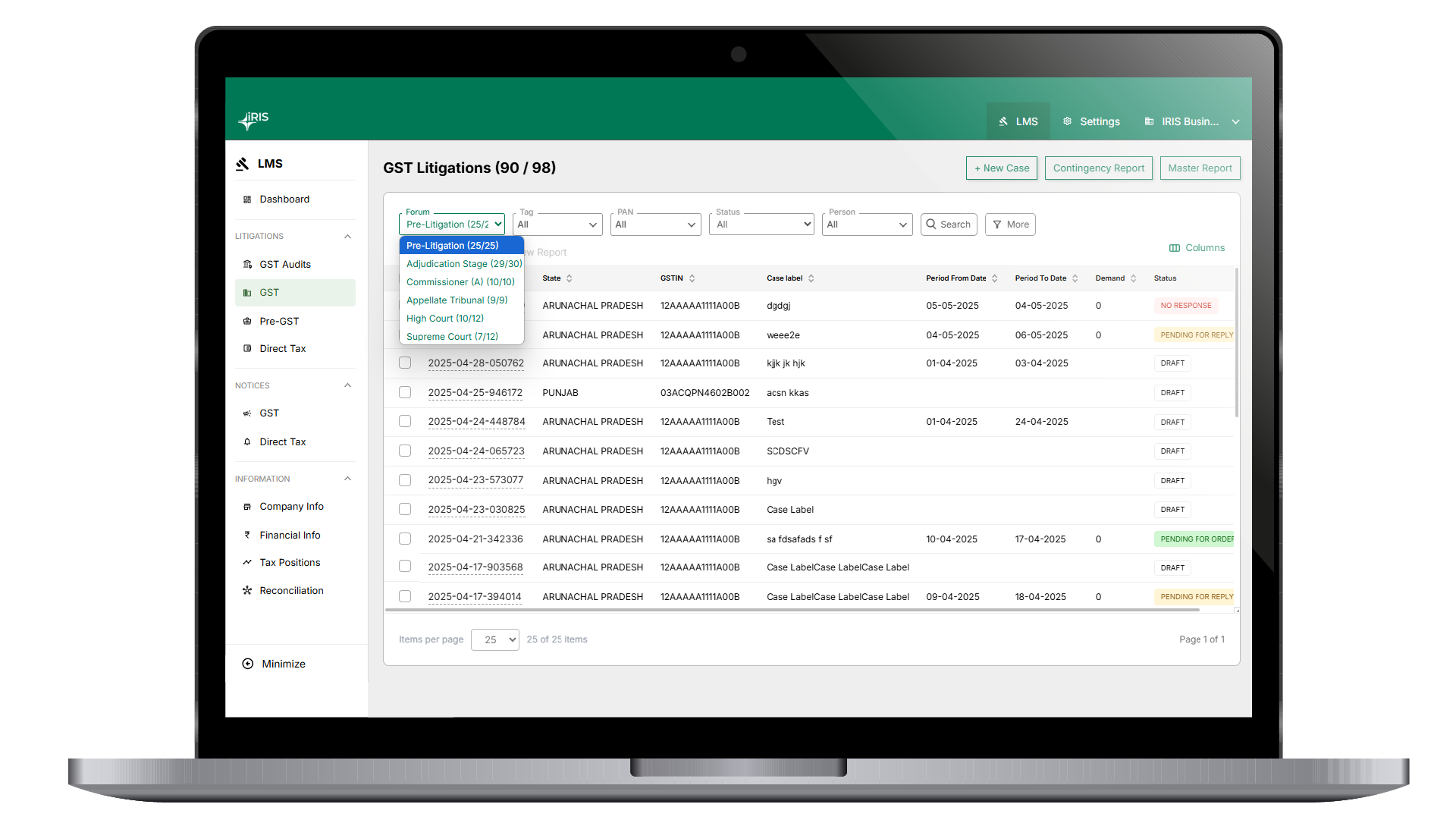






































































































































































































































For coffee husk local supply as a bio waste fuel we are using HSN code 0901 is it correct?
Hey there, I am a huge fan of your website! I really agree with this as I am currently employed as a BPO consultant for a BPO provider.